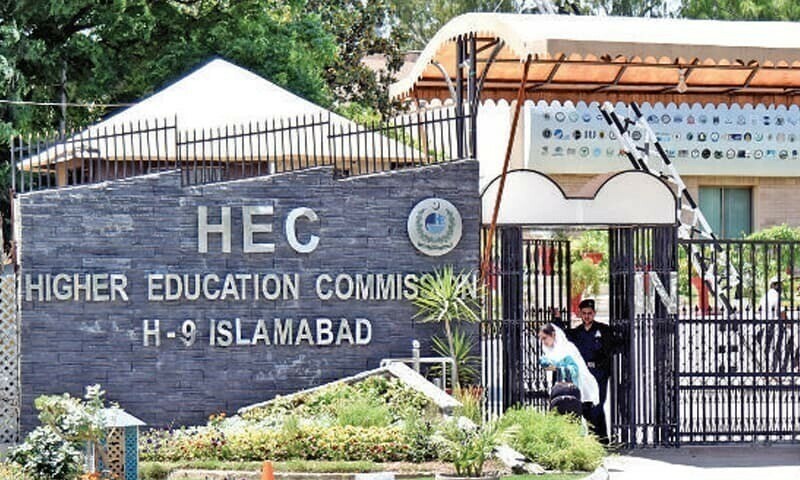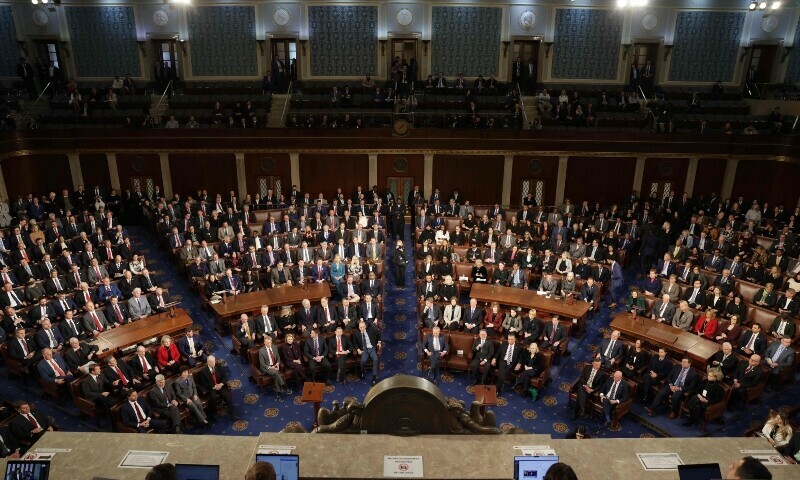ISLAMABAD: The government is preparing a transformation plan for all public sector universities to become self-sustainable corporate entities. This plan aims to free up public resources for investment in compulsory and elementary education, based on the advice of international lending agencies.
Informed sources told Dawn that the Ministry of Finance has engaged with relevant stakeholders — the Higher Education Commission, Planning Commission, the Ministry of National Health and others — based on an initial study conducted by a leading international lending agency.
These sources said the study showed that 80pc of public sector universities — both in the conventional education and medical and health domain — would default within three to four years as many already survive on doleouts from the federal budget. The finance ministry was already trying to scale down its financing to the universities but had to allocate about Rs61 billion for the current fiscal year, up from Rs40bn the previous year.
The lenders want all public sector universities to generate their resources by increasing the quality of education, student fees, and innovative use of their vast lands and reducing their staff, particularly in the administrative and accounting cadres. Not only should the federal government end funding, but the provincial government should also move away from subsidising the higher education sector.
Transformation plan being evolved to run educational institutes on commercial lines
Overstaffed and incurring losses
The provinces are already come under increased fiscal discipline as part of the ongoing $7bn Extended Fund Facility (EFF). “The higher education institutes should be sources of quality education and not employment avenues,” an official said while referring to the proposed plan.
For example, he said Gomal University in Dera Ismail Khan had 200 students, but its administrative, clerical, and low-cadre staff was running into a few thousand. Likewise, the Shaheed Zulfiqar Ali Bhutto Medical University (SZABMU) in Islamabad had around 50 students in the school of dentistry compared to around 150 staff. The lenders also want the government to eliminate duplication work in the same discipline, like SZABMU and Health Services University, which are doing similar degree awarding disciplines in the Islamabad Capital Territory jurisdiction.
The result was that public universities — both in the conventional and professional disciplines like engineering and health sectors — were in losses while their private sector counterparts were flourishing and earning lucrative profits with skeleton administrative and clerical staff. The total number of public sector employees in these higher education institutions was estimated to be more than 28,000.
The lenders want these public sector universities transformed into corporate bodies led by chief executive officers and assisted by chartered accounts at lump sum salaries and without any pension and long-term financial implications instead of the current structure of vice-chancellors and directors and other administrative and accounting staff with rising pension liabilities.
The universities would have to be operated on commercial lines by the board of directors — instead of the Senate and syndicates — to ensure profitability and improvement in education standards and compete for better ranking, not only the HEC but also international ranking. The proposed structure is to be supported by external auditors.
Under the plan, the permanent employees would be phased out and offered severance packages to those over the age of 50 or 55 — the age limit to be decided in due course and no hiring would be allowed on a temporary or daily wage basis. The teaching staff would be hired on lump sum packages competitive with the private sector, and artificial intelligence-based solutions would be used for administrative and clerical jobs.
Published in Dawn, October 15th, 2024





Leave a Reply